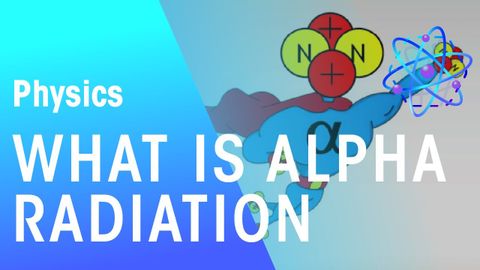什麼是阿爾法射線?| 放射性|導火線學校 (What is Alpha Radiation? | Radioactivity | The Fuse School)
kuoyumei 發佈於 2021 年 01 月 14 日  沒有此條件下的單字
沒有此條件下的單字- n.(馬)嚼口;馬勒;一小片 ; 少量 ; 一點;位元;鑽頭;小錢;一段經歷
- v.i.咬住(誘餌)
- adv.有點
- v.t.咬 (過去式)
- idiom一點也不;盡一份力
US /ˈmʌltəpəl/
・
UK /ˈmʌltɪpl/
- adj.多重的;多種的;多發性的;多重的
- n. (c.)多;多個的;乘數
- pron.多重的
- n.(知識)領域;專業;田野;場地;球場;戰場;欄位;場
- v.t.巧妙地回答;接(球);派…上場;接球
- adj.野外的
- v.t./i.衝鋒攻擊;收費;為...充電;使承擔責任;委以責任;控告,指控
- n. (c./u.)襲擊;進攻;把...記入帳冊;電量;費;責任;指示;熱情;指控

